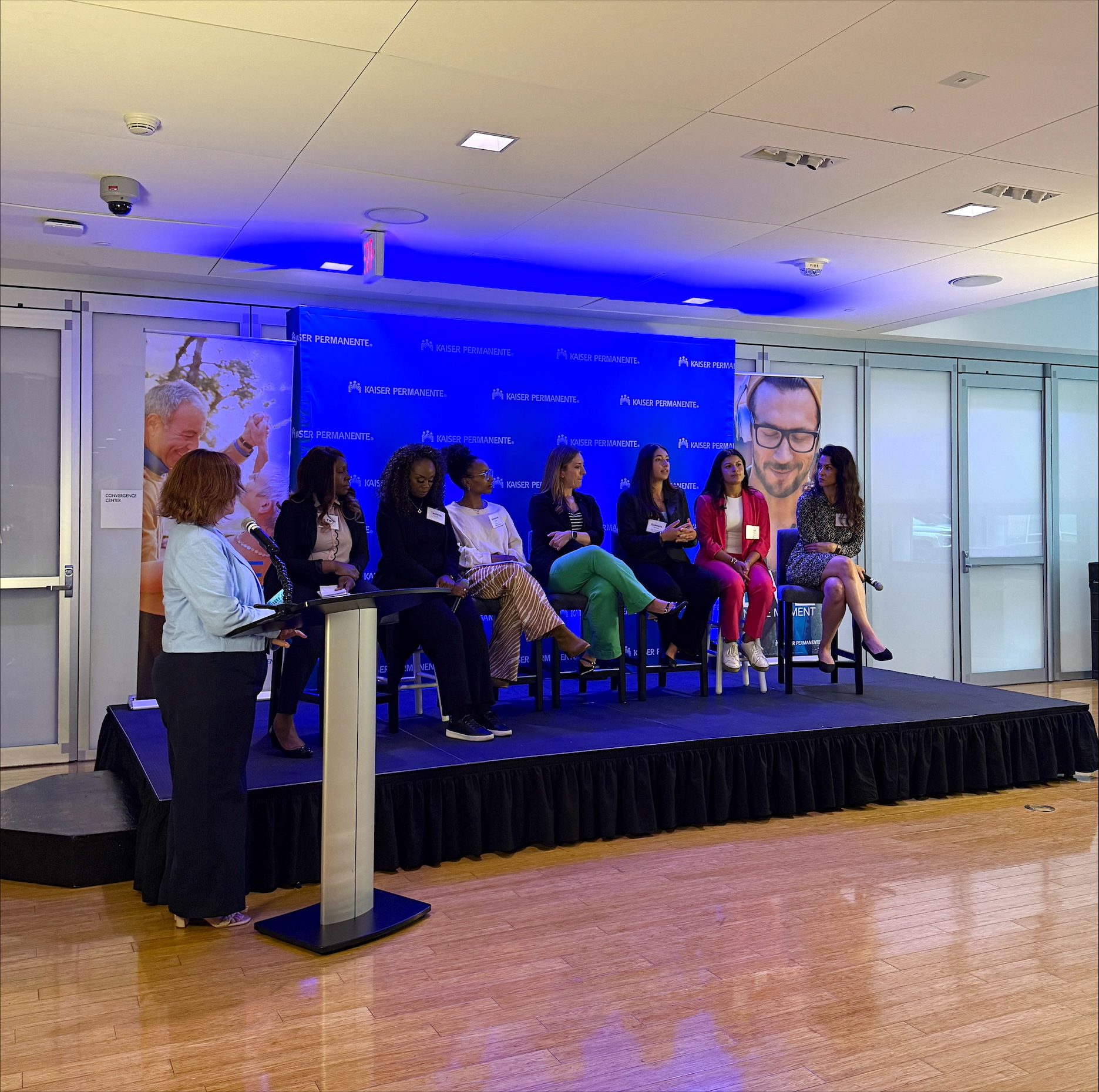In October, we shared the news that our Thriving Schools’ partner, Alliance for a Healthier Generation, announced its list of America’s Healthiest Schools for 2022. The prestigious annual recognition program celebrates schools for their work prioritizing the health needs of students and staff.
So how did these schools rise to the top? What were some of their secrets to success?
We reached out to a few winning schools for insight into how their leaders were able to advance their wellness and educational goals. We hope that their insights can be helpful to you and your school community.
Teaming up to support social and emotional health
Many of the winning schools made social and emotional health — the ability to understand and manage our emotions and to form social connections and relationships with the world around us — an active part of their school learning environments and classroom practices.
Guided by the philosophy that social and emotional growth is as important as academic growth, New Heights Charter School in Los Angeles was recognized for prioritizing social and emotional development and making it a core part of the curriculum.
“We use a team-based approach to make sure that social and emotional skills are fully integrated into our approach to teaching and learning,” explains Amy Berfield, the principal of New Heights Charter School.
This team-based approach was a theme echoed by other winning schools. Many schools lean on the leadership of their school wellness teams and committees to guide efforts and policies aimed at fostering social-emotional, mental, and behavioral health.
“Our wellness team has successfully led a staff lounge renovation, fitness challenges, healthy potlucks, wellness goodie bags, and more,” said Ashley McKnight, special education teacher and wellness lead at Central Elementary School in Adams County School District 14, Colorado.
The school received recognition for improvements in two America’s Healthiest Schools topic areas — one for strengthening social-emotional health and learning and one for the successful implementation of a school wellness policy.
Consistent, schoolwide efforts and community support
School health efforts work best when they have broad support from within and around the school community. Schools that embed healthy programming and practices across the school environment and actively partner with the surrounding community in their efforts have a greater chance for success.
Shawn Biegler, a school counselor at Piney Branch Elementary School in Prince William County, Virginia, shared how her school has been using Calm Classroom — a school mindfulness training program — for several years, noting that the program seems to be most effective when it’s rolled out across the school and integrates community members in fostering its success.
“Students thrive when they are able to utilize calming practices to access their inner peace to be prepared for school learning,” Biegler said. “Our school is looking at revamping Calm Classroom this year. One challenge we have had is the community buy-in from professionals and parents. We are looking to go schoolwide and hold community outreach days where caregivers can join us to understand the common social-emotional learning skills we provide in our school setting.”
Patience and persistence
The past several years have been deeply challenging for schools as they’ve had to navigate COVID-related closures and remote learning. Activities that had been the mainstay of efforts to keep young people healthy, fit, and engaged were often sidelined, leaving school wellness leaders at a loss for how to support the health of their school community.
As schools returned to in-person learning and resumed some of the activities that had been put on hold, many are finding that a balance of patience and persistence is key to building healthy habits again.
“This year has been a metamorphosis of a year as we transitioned from virtual learning to all in-person student learning. Students came in with fitness levels at an all-time low. We gradually added more after-school clubs and programs for our students — tutoring programs, a garden club, drama club, cooking club, and dance team,” said Stephanie Kohout-Maguire, a physical education specialist at Springhill Lake Elementary School in Prince George’s County, Maryland.
“In time, students were able to overcome their fitness hurdles,” Kohout-Maguire continued. “They learned to love growing foods and plants, beautifying our school with the garden club, cooking healthy foods, acting with passion in the Lion King, and performing multicultural dances in the dance club. Students left our school year happier, more fit, and healthier then when they started.”
The road to building healthier schools may not always be easy, but patience, dedication, teamwork, and a focus on integrating the many facets of health and well-being across the school community appear to be the key ingredients in a recipe for success.




